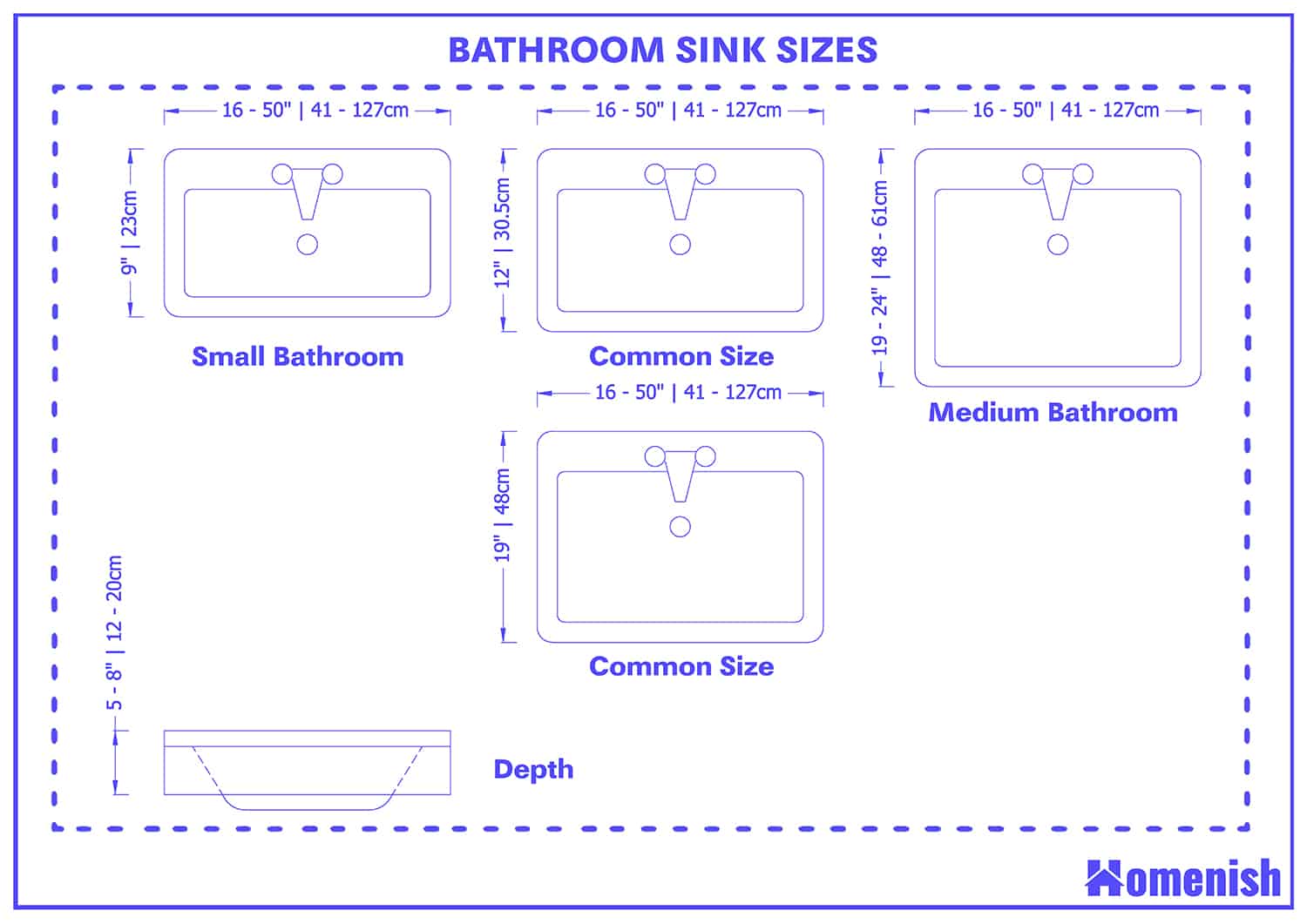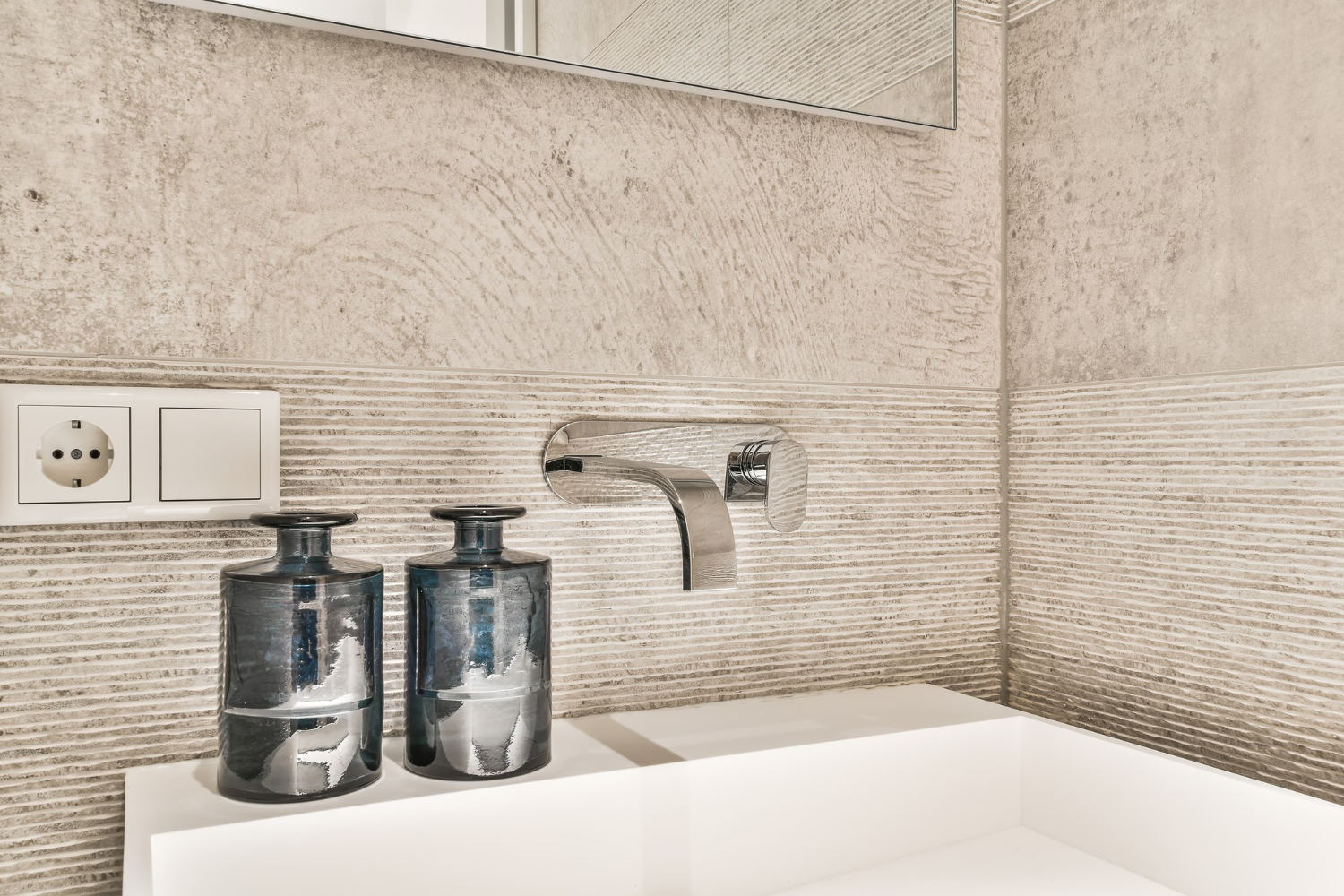Understanding Bathroom Faucet Types

Choosing the right bathroom faucet can significantly impact the functionality and aesthetics of your bathroom. There are various types of bathroom faucets available, each with its unique features, advantages, and disadvantages. Understanding these differences can help you make an informed decision based on your specific needs and preferences.
Single-Handle Faucets
Single-handle faucets offer a streamlined design and convenient operation. They feature a single lever that controls both water temperature and flow. The lever can be positioned on the left or right side of the faucet, depending on your preference.
- Features: Single lever for temperature and flow control, easy to use, space-saving design.
- Pros: Easy to adjust water temperature, convenient for people with limited mobility, sleek and modern design.
- Cons: Can be more difficult to control precise water temperature, may be more expensive than two-handle faucets.
- Best Applications: Modern bathrooms, small spaces, kitchens, and areas where space is limited.
Two-Handle Faucets
Two-handle faucets provide separate controls for hot and cold water. These faucets typically feature two knobs or levers, one for each temperature setting.
- Features: Separate hot and cold water controls, traditional design.
- Pros: Precise control over water temperature, often more affordable than single-handle faucets.
- Cons: Less convenient to adjust water temperature, can take up more counter space.
- Best Applications: Traditional bathrooms, areas where precise temperature control is essential.
Widespread Faucets
Widespread faucets are designed for larger sinks and feature separate hot and cold water spouts that are spaced further apart than centerset faucets. The distance between the spouts is typically 8-16 inches.
- Features: Spouts spaced 8-16 inches apart, separate hot and cold water controls, often used with vessel sinks.
- Pros: Elegant and spacious design, provides ample room for hand washing.
- Cons: Requires more counter space, installation can be more complex.
- Best Applications: Large bathroom sinks, vessel sinks, bathrooms with ample counter space.
Centerset Faucets
Centerset faucets are a popular choice for standard bathroom sinks. These faucets have a single base plate that houses both hot and cold water controls, typically spaced 4 inches apart.
- Features: Single base plate with hot and cold water controls spaced 4 inches apart, traditional design.
- Pros: Easy to install, affordable, suitable for most standard bathroom sinks.
- Cons: Less versatile than other faucet types, may not be suitable for all sink styles.
- Best Applications: Standard bathroom sinks, smaller bathrooms where space is limited.
Wall-Mounted Faucets, How to measure for a bathroom faucet
Wall-mounted faucets are installed directly onto the wall, eliminating the need for a countertop base. These faucets are often chosen for their sleek and modern look, as well as their ability to maximize counter space.
- Features: Mounted directly on the wall, often used with vessel sinks, can be single-handle or two-handle.
- Pros: Sleek and modern design, maximizes counter space, can be used with various sink styles.
- Cons: Installation can be more complex, may require additional plumbing work.
- Best Applications: Modern bathrooms, small bathrooms, bathrooms with limited counter space, vessel sinks.
Identifying Existing Faucet Measurements
Measuring your existing faucet before purchasing a new one is crucial. It ensures the new faucet fits seamlessly into your existing plumbing setup and avoids costly returns or alterations. This step helps you select a replacement that aligns perfectly with your bathroom’s design and functionality.
Measuring the Existing Faucet
To accurately measure your existing faucet, you’ll need a measuring tape and a pen or pencil to jot down the measurements. The following steps will guide you through the process:
- Spout Reach: This measurement determines the distance the faucet extends from the wall or sink. Measure from the center of the faucet base to the tip of the spout.
- Height: This measurement refers to the vertical distance from the base of the faucet to the tip of the spout. Measure from the countertop or sink surface to the highest point of the spout.
- Center-to-Center Distance: This measurement is critical for faucets with two handles. It determines the distance between the centers of the two faucet holes on the sink or countertop. Measure from the center of one faucet hole to the center of the other.
“For single-handle faucets, the center-to-center distance is not applicable.”
- Optional Measurements: While not always necessary, additional measurements can help you choose the perfect replacement. These include:
- Overall Width: Measure the total width of the faucet base, including any handles or knobs.
- Handle Length: Measure the length of each handle to ensure it fits comfortably within your bathroom’s space.
- Spout Height from Base: Measure the vertical distance from the base of the spout to the countertop or sink surface. This measurement is helpful if you need to consider the height of the spout in relation to your sink.
Determining Sink and Countertop Dimensions: How To Measure For A Bathroom Faucet

The sink and countertop are integral components of your bathroom, and their dimensions play a crucial role in selecting the right faucet. Choosing a faucet that complements your sink and countertop dimensions ensures optimal functionality, aesthetics, and ease of use.
Understanding Sink Types
The type of sink you have significantly impacts the faucet placement and measurement requirements. Common sink types include vessel, drop-in, and undermount.
- Vessel Sinks: Vessel sinks are freestanding and sit atop the countertop. They offer a unique and elegant look but require a faucet with a longer spout to reach the basin.
- Drop-in Sinks: Drop-in sinks are installed into a cutout in the countertop, with their rim sitting flush with the countertop surface. These sinks offer a more traditional look and are typically easier to install than vessel sinks.
- Undermount Sinks: Undermount sinks are installed beneath the countertop, leaving a seamless and modern aesthetic. They require a faucet with a shorter spout to avoid interference with the countertop.
Comparing Sink Types
| Sink Type | Functionality | Aesthetics | Ease of Installation |
|---|---|---|---|
| Vessel | May require a faucet with a longer spout to reach the basin. Can be challenging to clean around the rim. | Unique and elegant. Offers a focal point in the bathroom. | Typically more challenging to install than drop-in or undermount sinks. |
| Drop-in | Easy to clean. Offers a traditional look. | Less dramatic than vessel sinks. Can be a bit dated. | Easier to install than vessel sinks. |
| Undermount | Offers a sleek and modern look. Easier to clean as there is no rim. | Sleek and modern. Can be a bit more expensive than other sink types. | Requires more precise installation than drop-in or vessel sinks. |
Choosing the Right Faucet Size and Style

The perfect bathroom faucet is a harmonious blend of functionality and aesthetics. Choosing the right size and style is crucial to achieving a balanced look and ensuring a comfortable user experience.
Faucet Size and Sink Compatibility
The faucet’s size should be proportional to the sink, ensuring adequate spout reach and height. A faucet with a short spout might not allow water to reach the sink’s basin effectively, while a tall faucet might obstruct the view or create an imbalance in the design.
- Spout Reach: Consider the sink’s width and depth. For small sinks, a shorter spout is suitable, while larger sinks require a longer spout for wider coverage.
- Faucet Height: The faucet’s height should be sufficient to allow for comfortable hand washing and prevent splashing. A taller faucet is ideal for deep sinks, while a shorter faucet might be more appropriate for shallow sinks.
Choosing a Faucet Style
The faucet style should complement the bathroom’s overall design and personal preferences. From classic to modern, a wide range of styles caters to diverse tastes.
- Traditional: Characterized by ornate designs, cross handles, and a timeless appeal.
- Modern: Emphasizes sleek lines, minimalist designs, and contemporary aesthetics.
- Transitional: Blends traditional and modern elements, offering a balanced and versatile style.
- Industrial: Features exposed pipes, metal accents, and a rugged aesthetic.
Faucet Style Suitability
| Faucet Style | Bathroom Design | Suitability |
|---|---|---|
| Traditional | Victorian, farmhouse, rustic | Highly suitable |
| Modern | Contemporary, minimalist, industrial | Highly suitable |
| Transitional | Eclectic, classic, contemporary | Versatile and adaptable |
| Industrial | Loft, urban, modern farmhouse | Highly suitable |
